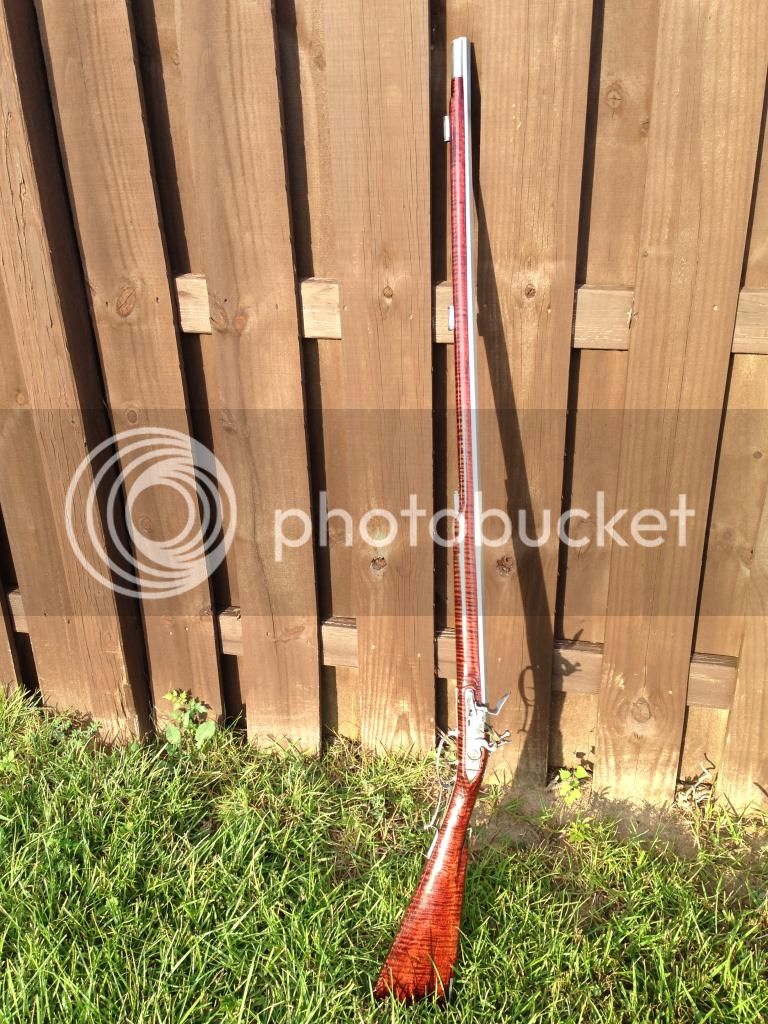Col. Batguano
75 Cal.
- Joined
- Feb 10, 2011
- Messages
- 5,034
- Reaction score
- 1,407
I'm getting ready to think about finish on my Lehigh that has been almost 20 months in the building. Staining is one of those; ok, take a deep breath. Here we go, and don't look back moments that are VERY difficult to undo if you goof it up. I like the reddish color that Eric Von Aschwege gets with adding Genuine Madder Lake pigment to his varnish, (he calls it red violin varnish) but it appears that it fades (or changes color from red to a brown) relatively quickly. Also, a varnish with dye (rather than stain with particulates in it) will have a tendency to not accentuate the curl, and, having curl show through is something I would like to do. I have a lot of raised carving (and a bit if incise stuff too) so I want to be careful not to get varnish buildup in the crevices. Any thoughts?
Aqua Fortis is difficult to control, especially with so many raised features. During the heating process, they will have a tendency to get hotter, (and darker) than the base plain. For the record, I have sugar maple CM-5 wood. There is SOME curl in it, but not a ton. The thing that made it CM-5 was the almost perfect grain direction through the wrist.
Aqua Fortis is difficult to control, especially with so many raised features. During the heating process, they will have a tendency to get hotter, (and darker) than the base plain. For the record, I have sugar maple CM-5 wood. There is SOME curl in it, but not a ton. The thing that made it CM-5 was the almost perfect grain direction through the wrist.













